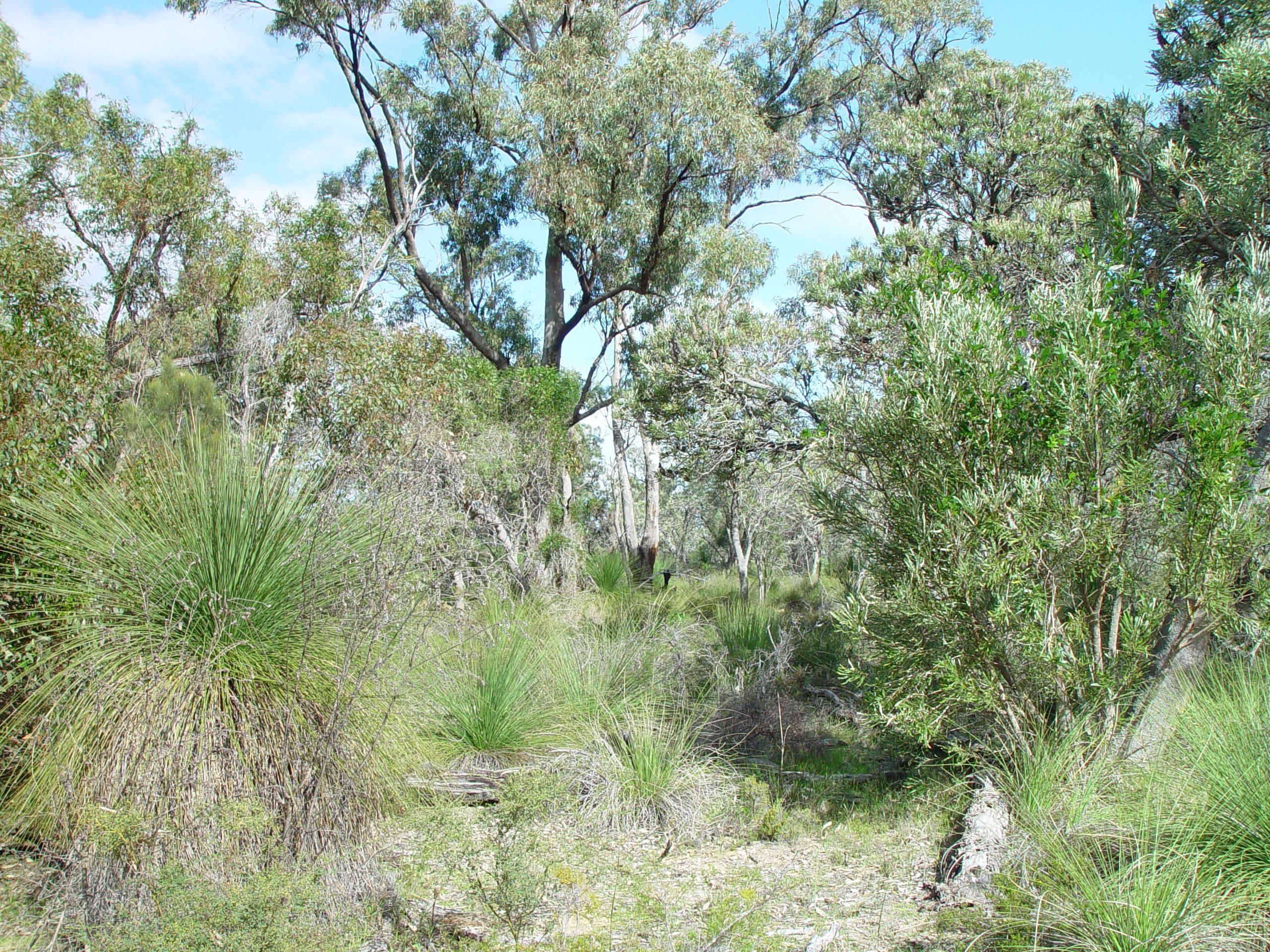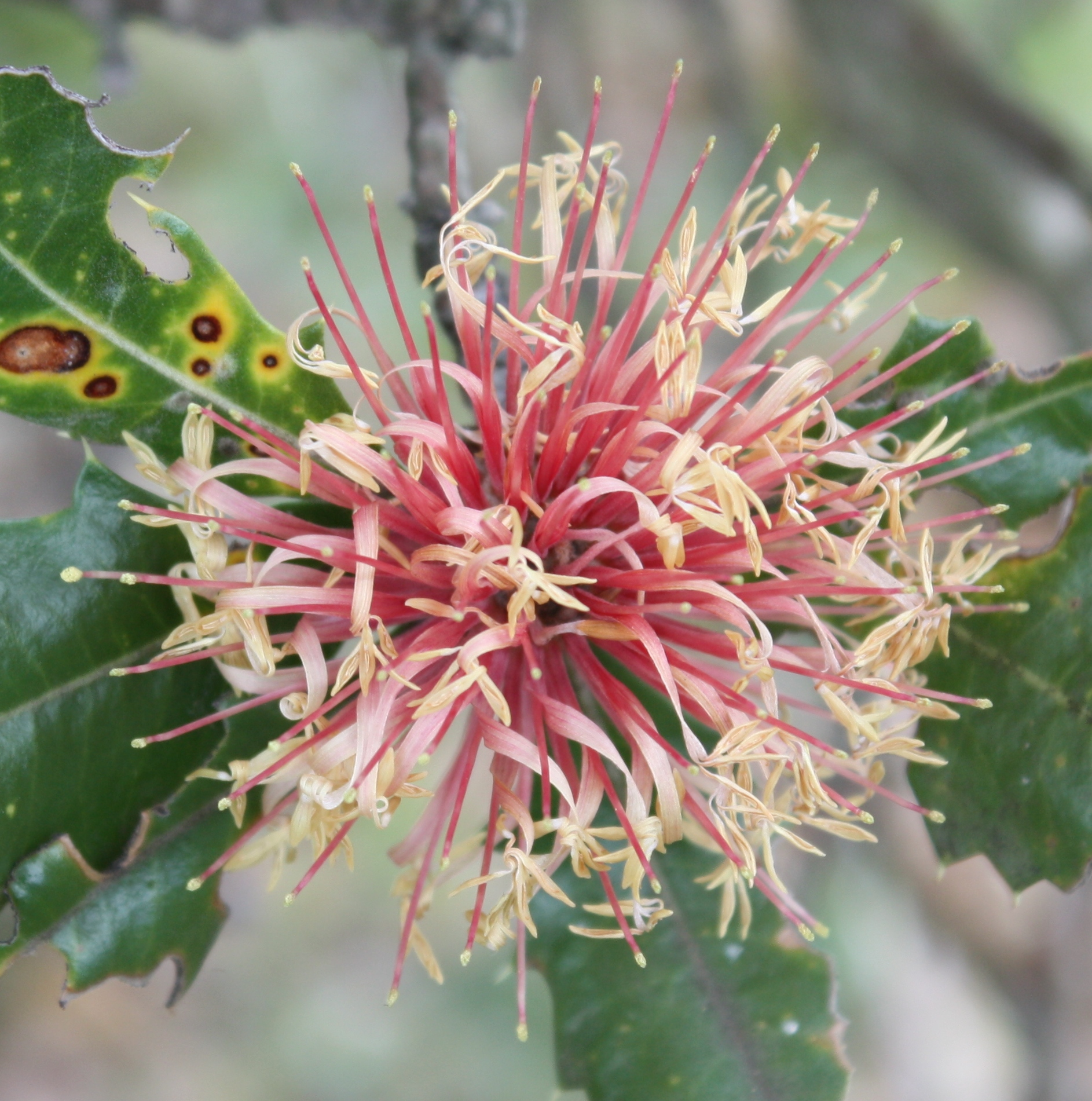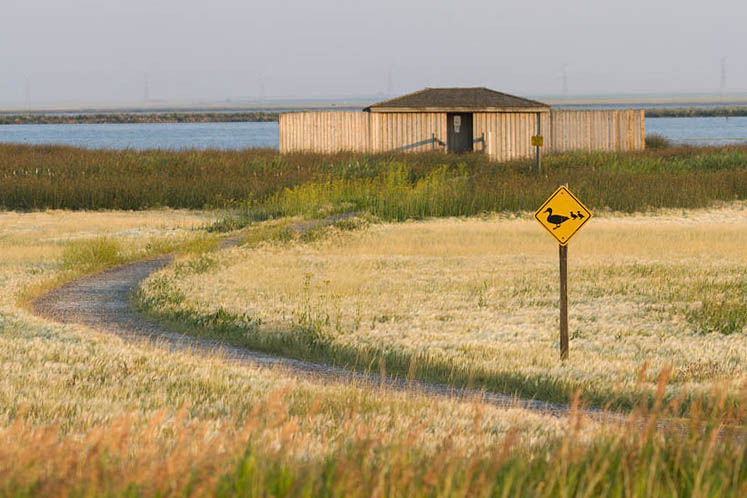|
Lake Pleasant View System Important Bird Area
The Lake Pleasant View System Important Bird Area comprises three shallow freshwater lakes, about five kilometres apart from each other. The lakes lie near the town of Manypeaks, and 35 km north-east of Albany, in the Great Southern region of south-west Western Australia. Description The lakes include Lake Pleasant View, with North Sister East and North Sister West Lakes. They are characterised by closed communities of sedges forming freshwater marshes on peat substrates. The lake margins support other species of wetland plants as well as saltwater paperbark open shrubland.BirdLife International. (2011). Important Bird Areas factsheet: Lake Pleasant View System. Downloaded from http://www.birdlife.org on 01/08/2011. Birds The three lakes, with a collective area of , have been identified by BirdLife International as an Important Bird Area (IBA) because they support a population of the endangered Australasian bittern, with up to ten breeding pairs present. The IBA su ... [...More Info...] [...Related Items...] OR: [Wikipedia] [Google] [Baidu] |
Endangered
An endangered species is a species that is very likely to become extinct in the near future, either worldwide or in a particular political jurisdiction. Endangered species may be at risk due to factors such as habitat loss, poaching and invasive species. The International Union for Conservation of Nature (IUCN) Red List lists the global conservation status of many species, and various other agencies assess the status of species within particular areas. Many nations have laws that protect conservation-reliant species which, for example, forbid hunting, restrict land development, or create protected areas. Some endangered species are the target of extensive conservation efforts such as captive breeding and habitat restoration. Human activity is a significant cause in causing some species to become endangered. Conservation status The conservation status of a species indicates the likelihood that it will become extinct. Multiple factors are considered when assess ... [...More Info...] [...Related Items...] OR: [Wikipedia] [Google] [Baidu] |
Bushland
In Australia, bushland is a blanket term for land which supports remnant vegetation or land which is disturbed but still retains a predominance of the original floristics and structure. Human survival in bushland has a whole mythology evolving around it, with the stories of Aboriginal trackers and bushrangers deeply entrenched in Australian folklore. Bushland has been a traditional source of wood for fuel and bushfood. Bushland provides a number of ecosystem services including the protection of water quality, stopping erosion, acting as a windbreak, and trapping nutrients. Bushland is prone to bushfires. This presents a challenge to authorities as infrastructure and habitations encroach into bushland areas. Preservation Until recently Australia had a very high rate of land clearing, which resulted in the destruction of bushland. Since 2006 the rate of land clearing has declined significantly. This is partially attributed to legislation that placed a ban on broad scale ... [...More Info...] [...Related Items...] OR: [Wikipedia] [Google] [Baidu] |
Red-eared Firetail
The red-eared firetail (''Stagonopleura oculata''), also known as the boorin, is a small finch-like species of bird. It occurs in dense wetland vegetation of coastal to sub-coastal regions in Southwest Australia. Its appearance is considered appealing, with white spots, black barring and vivid crimson marks at the ear and upper tail. Red-eared firetails are usually only glimpsed briefly, if at all, as they move rapidly and discreetly through their habitat. Most observations occur when their soft voice is heard, or in flight when flushed from the dense scrub. Males and females are similar in colouring and bond as lifelong pairs that occupy a territory centred on their roosting and brooding nest site. The species occupy a similar ecological niche to the beautiful firetail ''Stagonopleura bella'' found in the east of Australia, although unlike other species of the genus they only occasionally group together and are almost never seen in large flocks. The red-eared firetail is rare in ... [...More Info...] [...Related Items...] OR: [Wikipedia] [Google] [Baidu] |
Western Spinebill
The western spinebill (''Acanthorhynchus superciliosus'') is a honeyeater found in the heath and woodland of south-western Australia. Ranging between long, it weighs around . It has a black head, gray back and wings, with a red band behind its neck and from its throat to its breast. Its curved bill is long and slender. Like other honeyeaters, the western spinebill feeds on nectar. It tends to obtain its nectar from lower shrubs than most other honeyeaters, including '' Banksia'', ''Dryandra'', '' Grevillea'', ''Adenanthos'', and ''Verticordia''. It also feeds from trees of ''Banksia'' and '' Eucalyptus'', and from herbs such as ''Anigozanthos''. In addition to nectar, it feeds on insects that it captures in the air or on plants. It is a frequent visitor to ''Adenanthos obovatus'', and its territories are smaller when they contain more shrubs of this species. Male spinebills often contest their territory borders with other males, and allow females to live within them. These te ... [...More Info...] [...Related Items...] OR: [Wikipedia] [Google] [Baidu] |
Western Thornbill
The western thornbill (''Acanthiza inornata'') is a species of bird in the family Acanthizidae. It is endemic to southwestern Australia. Its natural habitat In ecology, the term habitat summarises the array of resources, physical and biotic factors that are present in an area, such as to support the survival and reproduction of a particular species. A species habitat can be seen as the physical ... is Mediterranean-type shrubby vegetation. References western thornbill Endemic birds of Southwest Australia western thornbill Taxonomy articles created by Polbot {{Acanthizidae-stub ... [...More Info...] [...Related Items...] OR: [Wikipedia] [Google] [Baidu] |
Red-winged Fairy-wren
The red-winged fairywren (''Malurus elegans'') is a species of passerine bird in the Australasian wren family, Maluridae. It is non-migratory and endemic to the southwestern corner of Western Australia. Exhibiting a high degree of sexual dimorphism, the male adopts a brilliantly coloured breeding plumage, with an iridescent silvery-blue crown, ear coverts and upper back, red shoulders, contrasting with a black throat, grey-brown tail and wings and pale underparts. Non-breeding males, females and juveniles have predominantly grey-brown plumage, though males may bear isolated blue and black feathers. No separate subspecies are recognised. Similar in appearance and closely related to the variegated fairywren and the blue-breasted fairywren, it is regarded as a separate species as no intermediate forms have been recorded where their ranges overlap. Though the red-winged fairywren is locally common, there is evidence of a decline in numbers. Bearing a narrow pointed bill adapted for p ... [...More Info...] [...Related Items...] OR: [Wikipedia] [Google] [Baidu] |
Red-capped Parrot
The red-capped parrot (''Purpureicephalus spurius'') is a species of broad-tailed parrot native to southwestern Australia. It was described by Heinrich Kuhl in 1820, with no subspecies recognised. It has long been classified in its own genus owing to its distinctive elongated beak, though genetic analysis shows that it lies within the lineage of the ''Psephotellus'' parrots and that its closest relative is the mulga parrot (''Psephotellus varius''). Not easily confused with other parrot species, it has a bright crimson crown, green-yellow cheeks, and a distinctive long bill. The wings, back, and long tail are dark green, and the underparts are purple-blue. The adult female is very similar though sometimes slightly duller than the male; her key distinguishing feature is a white stripe on the wing under-surface. Juveniles are predominantly green. Found in woodland and open savanna country, the red-capped parrot is predominantly herbivorous, consuming seeds, particularly of ... [...More Info...] [...Related Items...] OR: [Wikipedia] [Google] [Baidu] |
Western Rosella
The western rosella (''Platycercus icterotis''), or moyadong, is a species of parrot endemic to southwestern Australia. The head and underparts are bright red, and the back is mottled black; a yellow patch at the cheek distinguishes it from others of the genus '' Platycercus''. Adults of the species exhibit sexual dimorphism with the females duller overall; juveniles lack the striking colours of mature birds and the characteristic patterning is not as easily distinguished. Their communication call is a softly delivered ''pink-pink'' sound, and much of their behaviour is comparatively unobtrusive. Their habitat is in eucalypt forests and woodlands, where they often remain unobserved until they appear to feed on seeds at nearby cleared areas. Individuals form mating pairs and generally remain in one locality, although they will venture out to join small groups at plentiful sources of food. The western rosella is predominantly herbivorous, its diet consisting mostly of seeds of gr ... [...More Info...] [...Related Items...] OR: [Wikipedia] [Google] [Baidu] |
Little Grassbird
The little grassbird (''Poodytes gramineus'') is a species of Old World warbler in the family Locustellidae. It is found in Australia and in West Papua, Indonesia. These sexually monomorphic birds are found in reed beds, rushes, lignum swamps and salt marshes of Southeastern Australia. The little grassbird is an inconspicuous and dull-coloured bird that is heard more regularly than it is seen, known for readily engaging in conversation with people. They feed on insects and small arthropods, usually remaining in densely covered areas of vegetation and living nomadically with no regular migration patterns.Pizzey, G., Knight, D., Pizzey, S,. (1997). The Field Guide to the Birds of Australia by Graham Pizzey and Frank Knight. 470(3). Retrieved 13 June 2018 Taxonomy Old World warblers are a large group of birds formerly grouped together in the family Sylviidae. The family held over 400 species in over 70 genera, and were the source of much taxonomic confusion. Grass warblers are som ... [...More Info...] [...Related Items...] OR: [Wikipedia] [Google] [Baidu] |
Australasian Bittern
The Australasian bittern (''Botaurus poiciloptilus''), also known as the brown bittern or matuku hūrepo, and also nicknamed the " bunyip bird", is a large bird in the heron family Ardeidae. A secretive bird with a distinctive booming call, it is more often heard than seen. Australasian bitterns are endangered in both Australia and New Zealand. Taxonomy German zoologist Johann Georg Wagler described the Australasian bittern in 1827. It is one of four similarly-plumaged species in the genus '' Botaurus''. Description The length is from 650 to 750 mm with adults being similar between the sexes while the male is significantly larger. The bird has a deep brown upper surface, mauled with buff on wing coverts; face and eyebrow buff, with dark brown stripe running from bill to erectile plumes at sides of neck. Under surface buff, striped with brown. The face skin is a dull green as are the legs and feet, it possesses a dark brown bill, yellow eyes, and the base of the lower mandible is ... [...More Info...] [...Related Items...] OR: [Wikipedia] [Google] [Baidu] |
Important Bird Area
An Important Bird and Biodiversity Area (IBA) is an area identified using an internationally agreed set of criteria as being globally important for the conservation of bird populations. IBA was developed and sites are identified by BirdLife International. There are over 13,000 IBAs worldwide. These sites are small enough to be entirely conserved and differ in their character, habitat or ornithological importance from the surrounding habitat. In the United States the Program is administered by the National Audubon Society. Often IBAs form part of a country's existing protected area network, and so are protected under national legislation. Legal recognition and protection of IBAs that are not within existing protected areas varies within different countries. Some countries have a National IBA Conservation Strategy, whereas in others protection is completely lacking. History In 1985, following a specific request from the European Economic Community, Birdlife International ... [...More Info...] [...Related Items...] OR: [Wikipedia] [Google] [Baidu] |








_(cropped).jpg)
